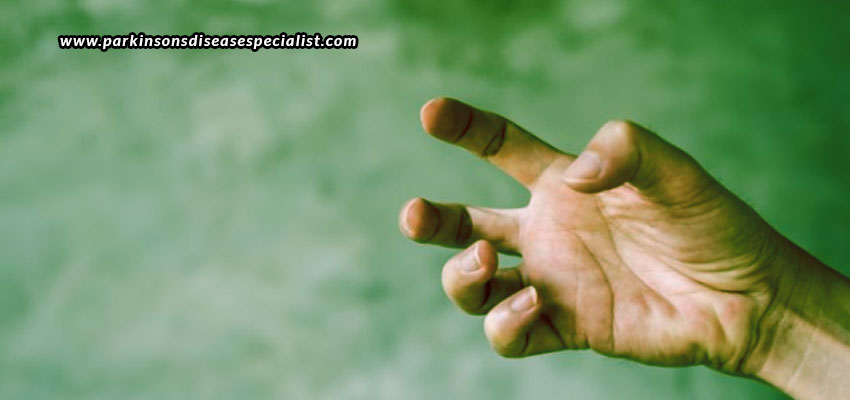
31 Jul What Are The Symptoms, Causes, And Treatments Of Dystonia?
Dystonia is a neurological disorder that causes involuntary muscular contractions. This ailment could be a result of heredity, genetics, or environment. Dystonia can also be acquired through conditions like stroke, traumatic brain injury, Parkinson’s disease, heavy metal poisoning, carbon monoxide poisoning, or reactions to certain medications. Hereditary or genetic dystonia is one that begins right in childhood, even if one parent possesses the condition. It is enough for one of the two parents to have dystonia for the child to be affected with the same. On the other hand, environmentally-induced or acquired dystonia can occur at any time in life.
The most noticeable symptoms of dystonia are involuntary and painful muscle contraction, and the inability to control large groups of muscles in the body. People may also appear to be frozen in a particular position. Dystonia could be of various types.
- Hemidystonia – This type of dystonia affects half of the entire body.
- Generalized dystonia – This type of dystonia affects only the limbs or a particular group of muscles.
- Focal dystonia – This type of dystonia affects only one part of the body.
- Segmental dystonia – This type of dystonia affects two or more connected body parts simultaneously.
- Multifocal dystonia – This type of dystonia affects at least two unconnected parts of the body.
There is no permanent solution yet to dystonia. But, there are certain treatments and medications that can provide temporary relief from dystonia symptoms. One of the most popular treatments is that of injecting small quantities of Botulinum toxin into the affected muscles to block them from involuntarily contracting. Also, medications like carbidopa-levodopa, trihexyphenidyl, benztropine, tetrabenazine, diazepam, clonazepam, and baclofen are given to dystonia patients for relief.
When none of the above treatments work, and if the patient is at a worse stage of dystonia, he may have to undergo a surgery known as the Deep Brain Stimulation, where two electrodes are installed into the brain, and a neurotransmitter is installed into the chest area. Electrical impulses are then transmitted from the neurotransmitter into the brain which controls the contractions, thus relieving the patient from any kind of tremors or pain. But, for all of this, you need to consult a professional movement disorders specialist like Dr. Shivam Mittal, to provide you with the best and most appropriate kind of dystonia treatment in UAE. Here, you will be first diagnosed, and will be suggested the ideal treatment depending upon your condition and health.
Patients who are highly affected by dystonia may experience anxiety, depression, and other emotional difficulties. The frustration and embarrassment that they experience in public due to the inefficiency to perform tasks appropriately may lead them slowly and gradually to feeling depressed. Thus, it is very important that dystonia patients are treated at the earliest, and are always kept within a positive environment, and surrounded by people who can comfort them and make them feel optimistic. Also, they must be given regular therapies to keep them both mentally and physically relaxed. Meditation, pilates, and yoga sessions can also greatly help in reducing stress and facilitating relaxation.







